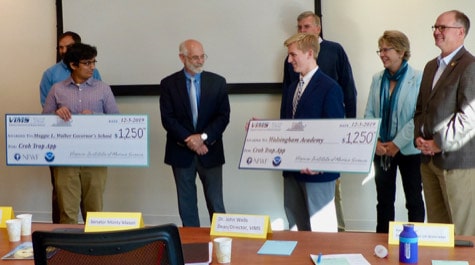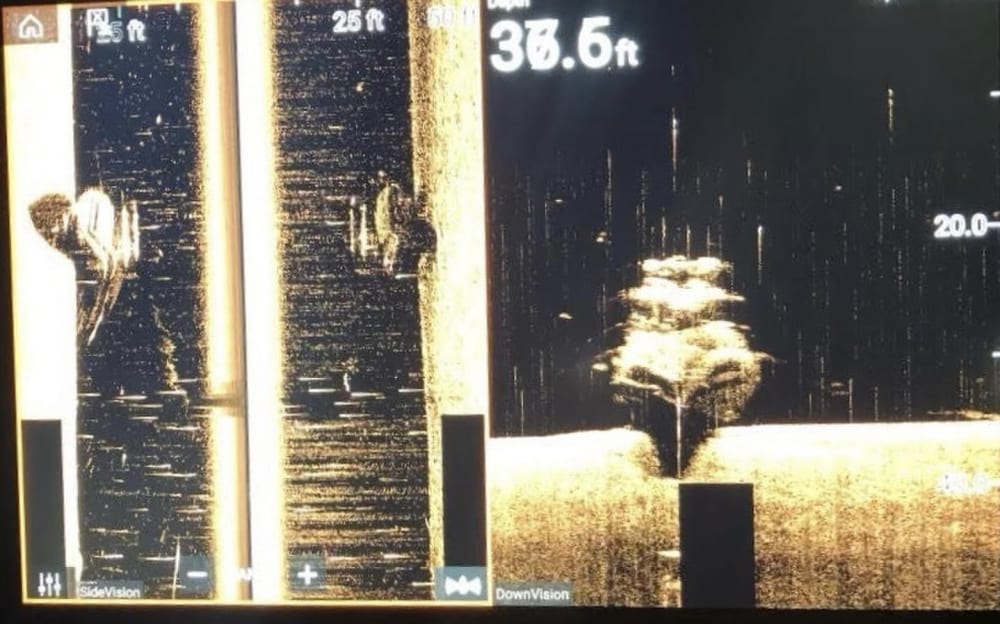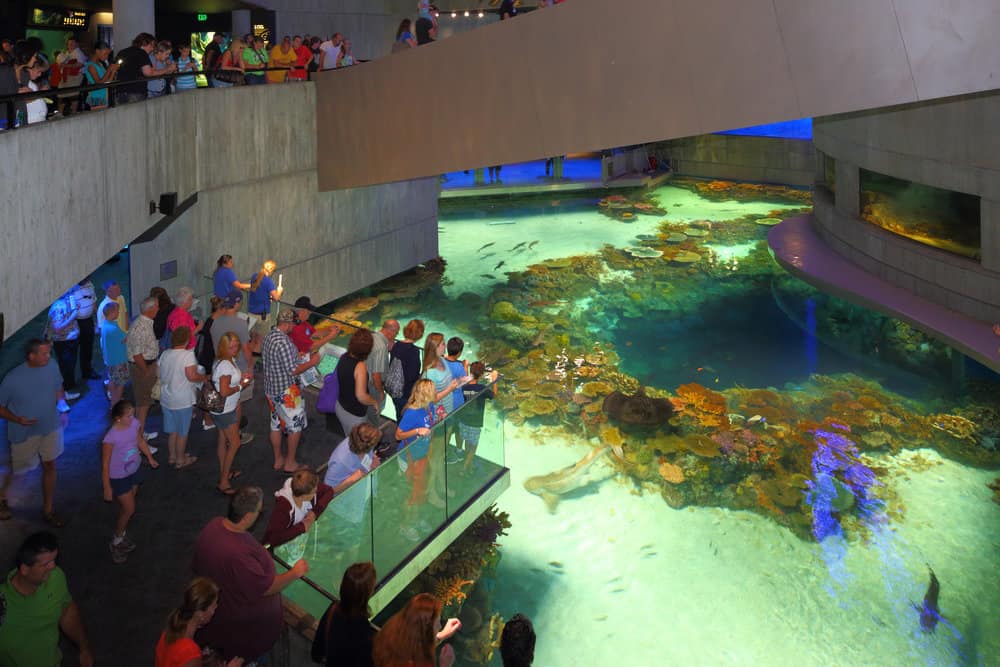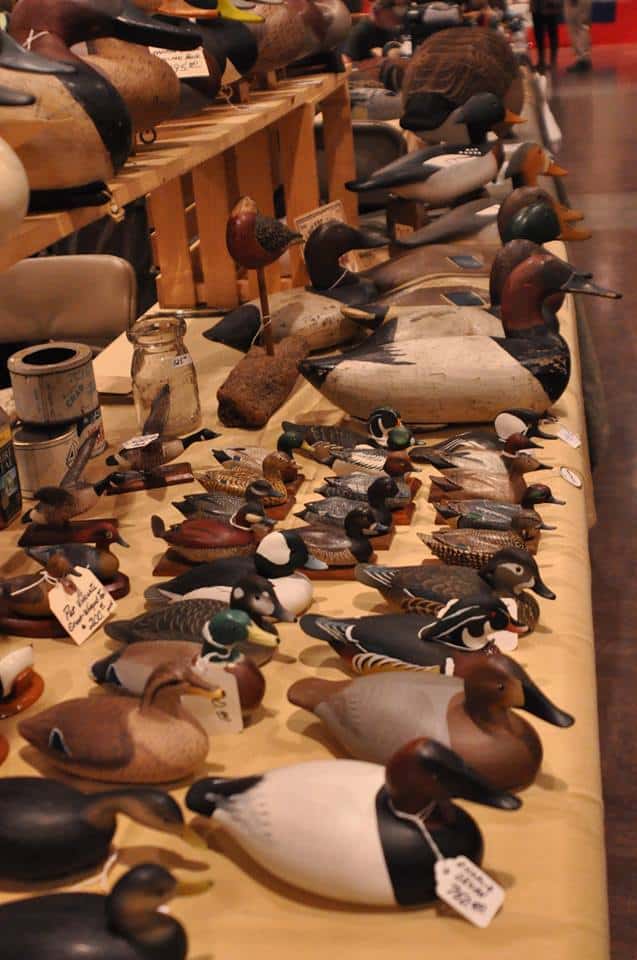Two smartphone apps that map abandoned crab pots in the Bay will soon be available to the public. Both of the apps were created by high school students as part of a Virginia Institute of Marine Science (VIMS) competition.
The goal of the apps is for regular citizens to flag the unattended “ghost” crab pots they come across, pots that can trap and kill Bay species and damage underwater habitats.
Two students tied for first place in the VIMS “Crab Trap App” competition. Varun Nataraja, from Richmond’s Maggie L. Walker Governor’s School, and Jacob Ward, a student at Walsingham Academy in Williamsburg, wowed the judges– so much so that a tie was announced and the young men split the $2500 award, which will benefit their respective schools.
VIMS says it introduced the competition to identify a convenient way for citizens to help with abandoned crab traps, which have long been an issue throughout the watershed, and to challenge high school students to find innovative ways to work with technology. Both young men worked with mentors at their schools to develop the apps.
Crab pots that have been abandoned or lost litter the Bay and can pose a threat to marine life as well as cause problems for watermen. According to VIMS estimates, there may be tens of thousands of traps discarded or lost in the Chesapeake each year.
Ward and Natarajan used different tools to design their prototypes, VIMS says, but both apps allow users to record their location, upload photos, and document other types of important information that will shed light on the condition and effects of derelict crab traps. What’s more, the institute says Natarajan’s application will let users upload their findings to Google Maps so the public can check in on discoveries as they unfold.
Dickson Benesh, a math teacher and Natarajan’s mentor, says that developing the app was quite an achievement for a high schooler.
“Varun really embraced the challenge both in terms of the significance of derelict crab trap removal as well as the technology involved to create the app. To create an app from scratch (that runs on both iOS and Android phones, no less) is an amazing accomplishment for a high school student.”
For Natarajan, his goal was to “create a multi-faceted mobile app that exports citizens in the Chesapeake Bay Area to engage in civic activism,” he explains.
Ward also says it’s important to him to “empower citizens to become involved in local cleanup efforts.”
“I particularly enjoyed developing the layout and design of this app while also making it user friendly,” he continues.
Ward’s mentor, Rebecca Thomchick, is happy that the contest showed students what they can accomplish with the skills they learn in school.
“I think that this competition was a great opportunity for a practical application of what students learn in the classroom,” she tells Bay Bulletin.
The new apps will be a way for VIMS’ Center for Coast Resources Management assistant director Dr. Kirk Havens, who spearheaded the competition, and his colleagues to gauge public interest in helping to chart and remove ghost traps, and to give folks a practical tool to do so.
Filling out the form “will give us the information we need to notify citizens who are interested in removing derelict pots during the winter closed crabbing season. Once notified, they’ll be able to register to be part of the citizen clean-up program established in partnership between VIMS and VMRC (Virginia Marine Resources Commission),” Havens said in a statement.
–Laura Adams Boycourt




